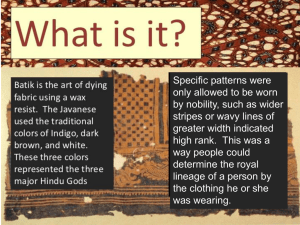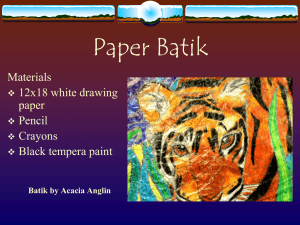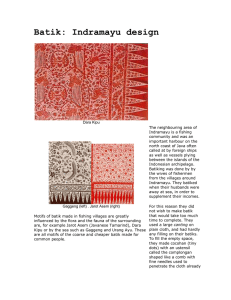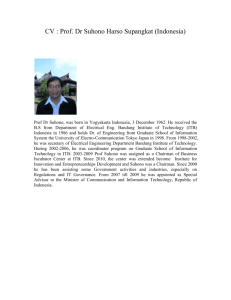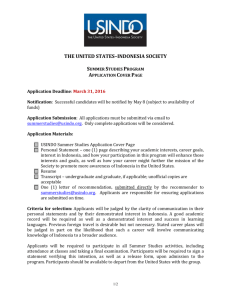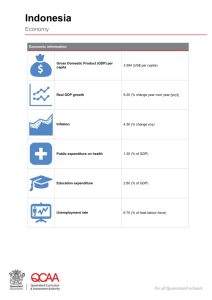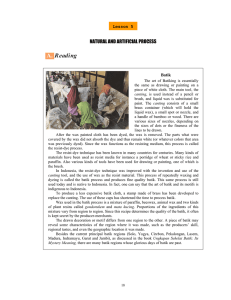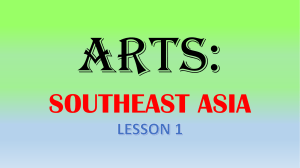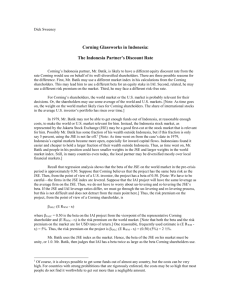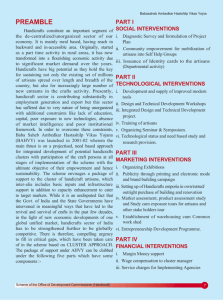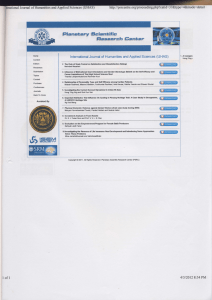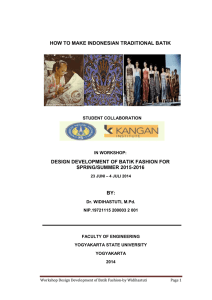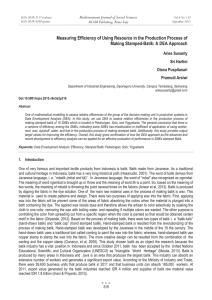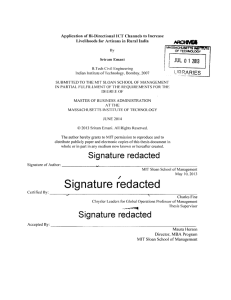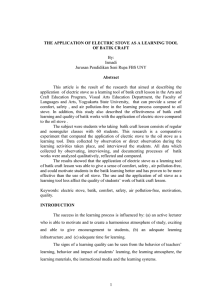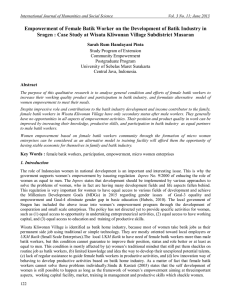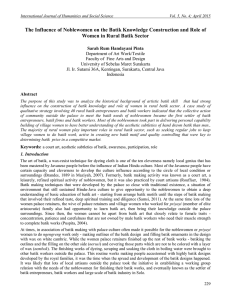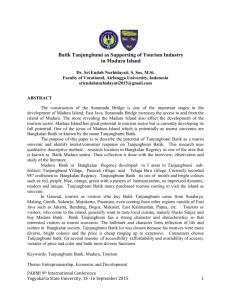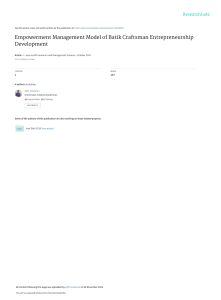Wadang Cribbage Board - Ten Thousand Villages
advertisement
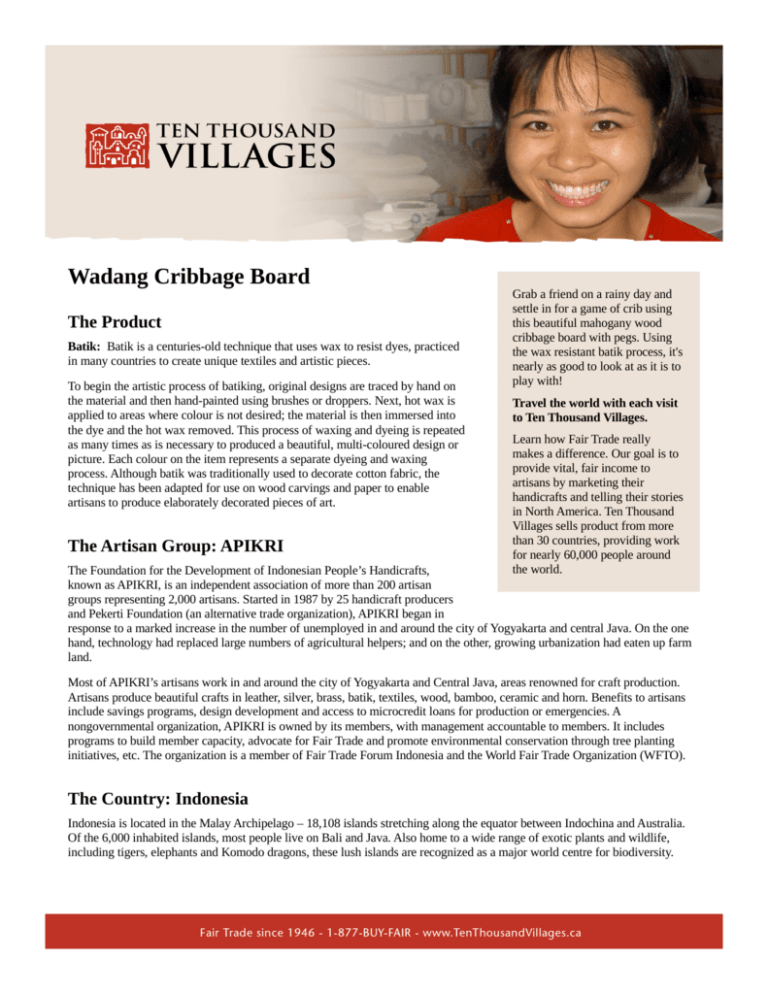
Wadang Cribbage Board The Product Batik: Batik is a centuries-old technique that uses wax to resist dyes, practiced in many countries to create unique textiles and artistic pieces. To begin the artistic process of batiking, original designs are traced by hand on the material and then hand-painted using brushes or droppers. Next, hot wax is applied to areas where colour is not desired; the material is then immersed into the dye and the hot wax removed. This process of waxing and dyeing is repeated as many times as is necessary to produced a beautiful, multi-coloured design or picture. Each colour on the item represents a separate dyeing and waxing process. Although batik was traditionally used to decorate cotton fabric, the technique has been adapted for use on wood carvings and paper to enable artisans to produce elaborately decorated pieces of art. The Artisan Group: APIKRI Grab a friend on a rainy day and settle in for a game of crib using this beautiful mahogany wood cribbage board with pegs. Using the wax resistant batik process, it's nearly as good to look at as it is to play with! Travel the world with each visit to Ten Thousand Villages. Learn how Fair Trade really makes a difference. Our goal is to provide vital, fair income to artisans by marketing their handicrafts and telling their stories in North America. Ten Thousand Villages sells product from more than 30 countries, providing work for nearly 60,000 people around the world. The Foundation for the Development of Indonesian People’s Handicrafts, known as APIKRI, is an independent association of more than 200 artisan groups representing 2,000 artisans. Started in 1987 by 25 handicraft producers and Pekerti Foundation (an alternative trade organization), APIKRI began in response to a marked increase in the number of unemployed in and around the city of Yogyakarta and central Java. On the one hand, technology had replaced large numbers of agricultural helpers; and on the other, growing urbanization had eaten up farm land. Most of APIKRI’s artisans work in and around the city of Yogyakarta and Central Java, areas renowned for craft production. Artisans produce beautiful crafts in leather, silver, brass, batik, textiles, wood, bamboo, ceramic and horn. Benefits to artisans include savings programs, design development and access to microcredit loans for production or emergencies. A nongovernmental organization, APIKRI is owned by its members, with management accountable to members. It includes programs to build member capacity, advocate for Fair Trade and promote environmental conservation through tree planting initiatives, etc. The organization is a member of Fair Trade Forum Indonesia and the World Fair Trade Organization (WFTO). The Country: Indonesia Indonesia is located in the Malay Archipelago – 18,108 islands stretching along the equator between Indochina and Australia. Of the 6,000 inhabited islands, most people live on Bali and Java. Also home to a wide range of exotic plants and wildlife, including tigers, elephants and Komodo dragons, these lush islands are recognized as a major world centre for biodiversity. The towering mountains and ancient cultures of Irian Jaya, Indonesia’s largest and easternmost province, contrast sharply with the terraced hills and highly sophisticated societies of Bali and Java. The country’s motto – “Unity in Diversity” – describes the extraordinary cultures brought together to create the world’s fourth most populous nation. Despite bombings in the last number of years by fundamentalist terrorist cells, most Muslims live peacefully with Christian, Hindu, Buddhist and Animist minorities. Indonesia’s economy suffered greatly in the late 1990s, partly in response to the financial crisis that struck most of Asia at the time. Since then, the economy has stabilized somewhat, although its difficulties have been intensified by the need to compete with cheaper Chinese and Vietnamese products in world markets. Indonesia has extensive natural resources, including natural gas, timber, tin, copper and gold. Major agricultural products include rice, tea, coffee, spices and rubber. Between 1970 and 2007, the proportion of the population living below the official poverty line declined from 60 percent to an estimated 17 percent, reflecting the Indonesian government’s commitment to poverty reduction. The tsunami disaster of December 26, 2004, was particularly devastating to the Aceh region on the island of Sumatra, with estimates of over 163,000 dead or missing and hundreds of thousands displaced. In a few short minutes, whole villages were wiped out – housing, infrastructure and livelihoods literally washed away. Although the world responded with an outpouring of generous aid, the process of recovery and rebuilding will take years.
